Tag: Fleet Electrification
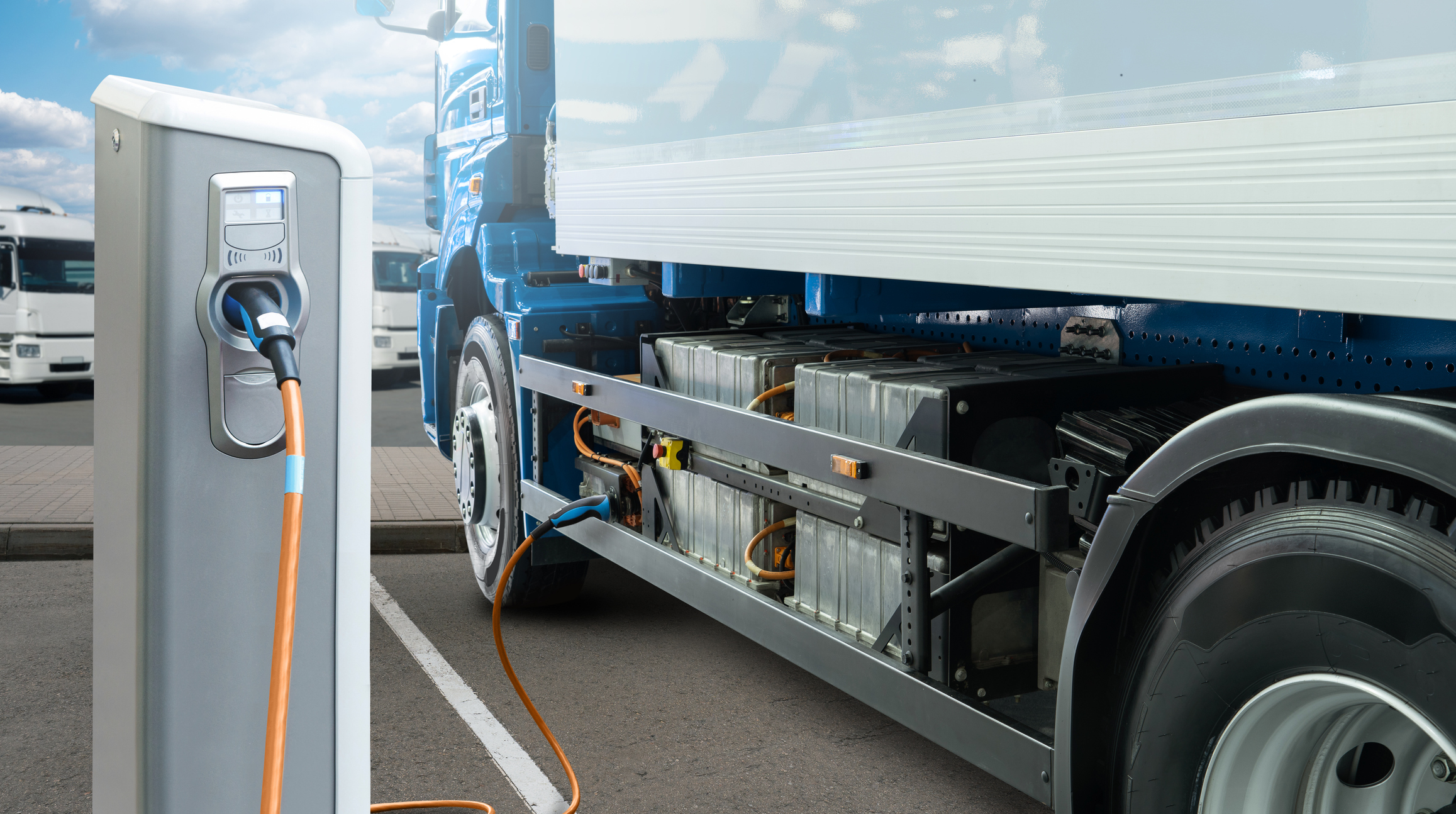
Charging infrastructure is a crucial element of electrification that many leave as an afterthought to EV adoption. Installation of EV infrastructure can take up to months, and fleet managers must consider their charging strategy, budget, available space and the infrastructure company they will work with.

Electric vehicles tend to be the go-to green solution due to their zero-emissions claims. It is worth questioning, however, just how environmentally friendly EVs are.

Whether it’s hesitation or logistics – I know there’s a lot of questions surrounding the electrification movement. With any new technology, there are always going to be differences of opinions and potential concerns. And electric vehicles are no different.
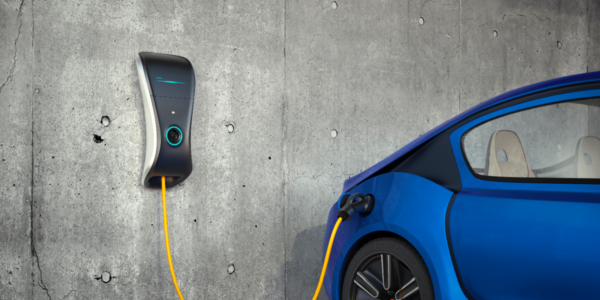
With such a major shift away from internal combustion engine vehicles, consumers and fleet managers must rethink how they are powering their vehicles. Fueling will no longer be just a gas station away, with a thoughtless five-minute refill until you’re back on the road.

There are many factors to consider when it comes to making EVs more sustainable at every life stage. When broken down from raw material extraction to vehicle disposal, is clear to see that EV’s zero-emissions claim is really only true in operation.

With EVs requiring such high processing power and fast charging times, battery temperature is a common concern and reason for accelerated degradation. High temperatures cause irreversible damage to batteries, ultimately affecting the battery’s state of health, performance and safety.

EVs are the future of the fleet industry. Of that, there appears to be no question – unless, of course, there aren’t electric alternatives for your current fleet mix. Because of this, it pays to have a complete understanding of the EVs you choose to purchase.
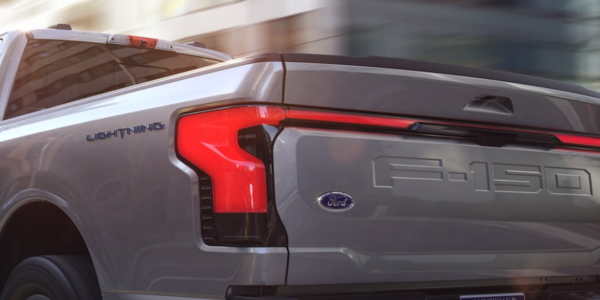
Most people tend to associate electric vehicles with smaller, lighter duty models that are not designed for heavier work loads. However, with Ford’s new F-150 model, they are setting themselves apart from their competitors by pushing the boundaries and setting the standard for other brands to pursue fully-electrified models that can get the tough jobs done in the future.
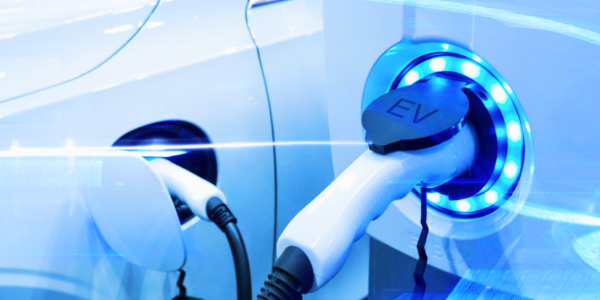
Digging into your data will be essential in this transition, especially if you’re looking to identify opportunities within your operations structure that could in fact be more sustainable that they currently are. Telematics can be a large help, but the data means nothing if you don’t do anything with it.
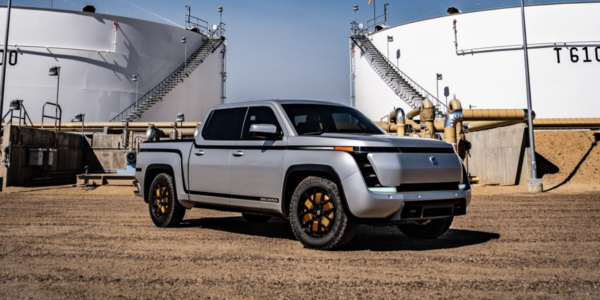
Electric vehicle implementation is a strategic move that could mean different things for each company. As we have seen, each fleet has very different plans and reasons for implementing EVs. Read on to learn more.

Electric vehicles can be a surprisingly polarizing topic – you have those with valid concerns, and those who can’t help but sing their praise. But then you also have a group that are simply keen to learn more – about the benefits, the downsides and everything in-between.

Leasing fleets assets rather than a large purchase can be beneficial to fleets for a variety of reasons. For some, it may be that more real-world data is required before they fully take the plunge and spend a large portion of their operating budget on upgraded assets.

As with any new technology, you have some that are excited, some on the fence and some caught up in concerns. Fleets around the world have suggested that when the technology becomes available, that they’ll electrify. But for those that haven’t yet, what might their concerns be?

This week on the Fleet FYIs Podcast I’m joined again by the Executive Vice President of Operations for Quanta Services, INC., Dave Meisel, and this week, we’re taking a look at what we can look forward to in fleet this year.

If you ask any fleet manager today, they’ll tell you that the electrification of fleets is no longer simply on the horizon – it’s here. Fleets nationwide are showing an interest in electric vehicles – more than ever before. But are they really suitable for all regions of operation?

There are a lot of pros and cons to weigh out – whether or not it works for the type of work your fleet does on a daily basis, if your region is suited to hosting an electric fleet (with its current infrastructure) and whether or not your organization is willing to do a deep dive into it’s data to ensure the return on their investment is worth it.

The sustainability and electrification movement is here to stay – and one fleet manager that proves this in his day to day operations is none other than Fleet Manager of the Year award winner for 2020, Mark Stevens.

In recent years, the U.S. has been trying to make waves when it comes to being more climate friendly. When authorities in the U.K. and Europe have promised to be fully electric when it comes vehicle manufacturing by 2035, many might wonder where exactly the U.S. fits in.

As fleet managers determine which aspects of their fleet can be fully electrified, they’ll need to turn to infrastructure planning to ensure that they have the charging capabilities to serve their new electric assets.